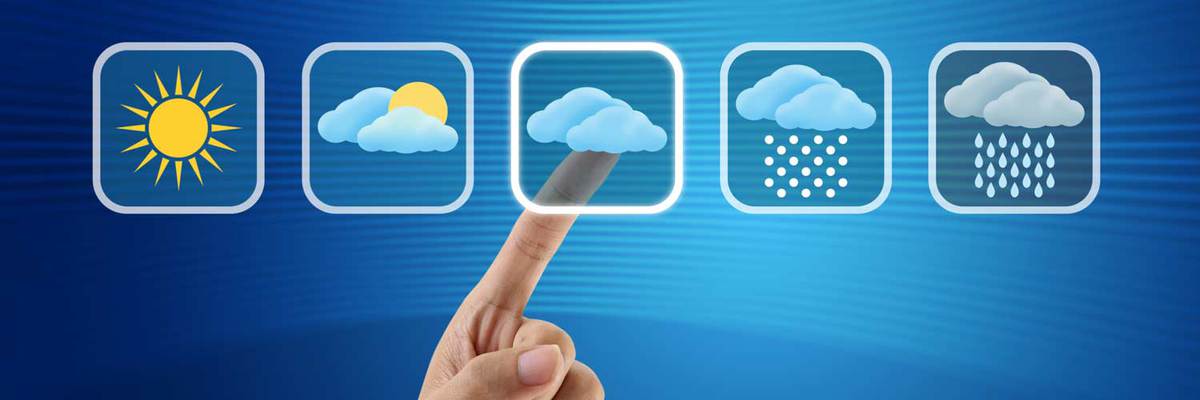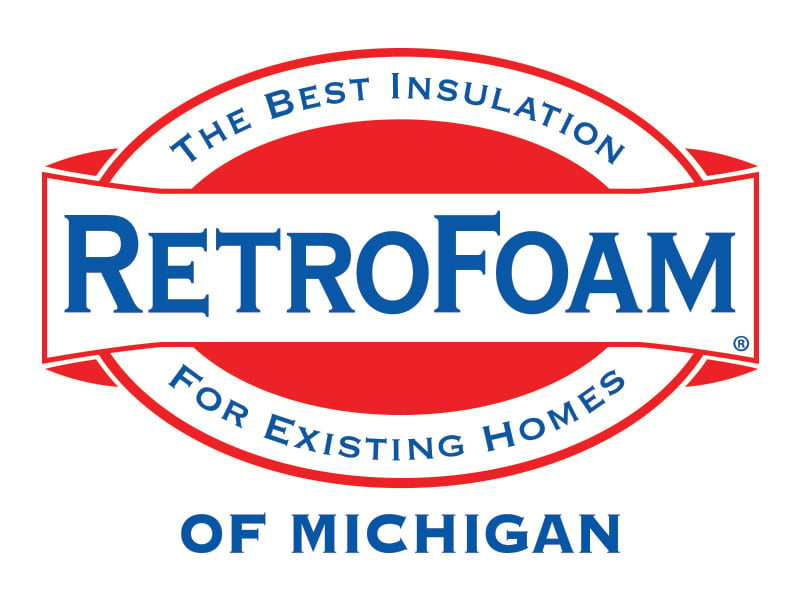How Michigan's Extreme Weather Changes Can Impact Your Home


Welcome to Michigan, where the weather seems to have a mind of its own.
One moment it's snowing, the next it's sunny and warm, and by the end of the day you might experience freezing rain. This constant flip-flopping isn't just a conversation starter -- it can have a significant impact on your home.
Let's explore how these extreme weather changes in Michigan affect your house and what you can do to protect it.
What Kind of Extreme Weather Does Michigan Have?
Michigan weather is notorious for its unpredictability.
From freezing winters to humid summers, the dramatic swings can cause wear and tear on your home. Add in the effects of climate change, and these shifts have become even more pronounced.
Snow, rain, ice, and fluctuating temperatures all play a role in potentially damaging your property.
The Science Behind Weather Changes in Michigan
While the weather may feel chaotic, there's a science to how it impacts your home.
Extreme temperature changes cause materials to expand and contract, leading to cracks, warping, and other structural issues. These problems are exacerbated by poor insulation and air sealing.
Below, we'll dive into specific ways Michigan's extreme weather can harm your home.
Frost Wedging: A Hidden Threat
Frost wedging occurs when water seeps into small cracks, freezes, and then expands.
Over time, this process enlarges the cracks, causing significant damage. Think of potholes on Michigan roads -- the same principle applies to your home.
- Roof Damage: Water can freeze under shingles, causing them to lift and separate from your roof. This can lead to leaks and expensive repairs.
- Foundation Cracks: Frost wedging can also occur in your foundation, worsening existing cracks and compromising structural integrity.
Solution: Adding proper insulation and creating an air barrier in your attic or crawl space can help reduce heat loss, preventing frost wedging from becoming a major concern.
Truss Lifting: The Ceiling Problem
Truss lifting happens when wooden trusses in your home's framework shrink and expand due to temperature changes.
This can cause your ceiling drywall to bow upwards, creating visible gaps and cracks where walls meet the ceiling.
Cause: Poor insulation combined with Michigan's drastic weather changes accelerates this issue.
Solution: Upgrading your attic insulation helps regulate temperatures and minimizes the effects of truss lifting.
Ice Dams: Icicles That Spell Trouble
Icicles may look pretty, but they're often a sign of ice dams forming on your roof.
When snow melts and refreezes at the roof's edge, it traps water and forces it beneath the shingles, causing leaks and structural damage.
Solution: Proper insulation and air sealing in the attic prevent heat from escaping, reducing the likelihood of ice dams.
Combatting Michigan's Extreme Weather with Insulation
While you can't control Michigan's ever-changing weather, you can control how it affects your home. High-quality insulation, like spray foam, creates an air seal that helps:
- Maintain a consistent indoor temperature.
- Prevent heat loss that contributes to frost wedging, truss lifting, and ice dams.
- Improve your home's energy efficiency and comfort year-round.
The Benefits of Spray Foam Insulation in Michigan
Investing in spray foam insulation is one of the best ways to protect your home from Michigan's extreme weather.
Not only does it provide superior air sealing, but it also helps reduce energy costs and prevents common weather-related issues.
If you're ready to take the next step, check out the Learning Center on our website or contact us to learn more about how spray foam insulation can safeguard your home against Michigan's unpredictable weather.
Related Articles
Truss Lifting: What is it and How to Fight it
Does Spray Foam Insulation Prevent Ice Dams?
Foam vs Fiberglass vs Cellulose: Which Insulation is Best for My Existing House?
About Amanda Emery
Amanda previously has worked as a breaking news and crime reporter, TV news producer, and editor in Flint and Detroit. Throughout her career as a journalist, she has won several awards from The Society of Professional Journalists - Detroit Chapter and the Michigan Press Association. As part of the RetroFoam of Michigan family, Amanda uses her experience as a journalist to write content that will help educate homeowners on the benefits of foam insulation. When Amanda isn’t writing, she’s spending time with her husband and rescued huskies. She also loves knitting, making art, cooking, and hosting dinner and a movie night for friends and family.


